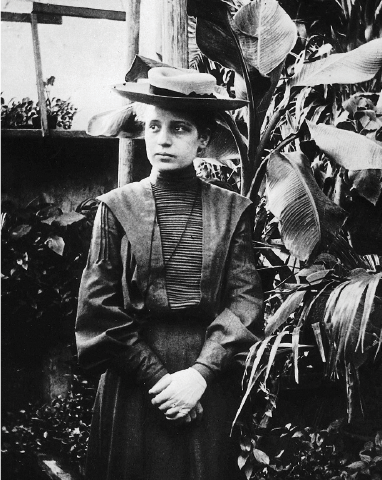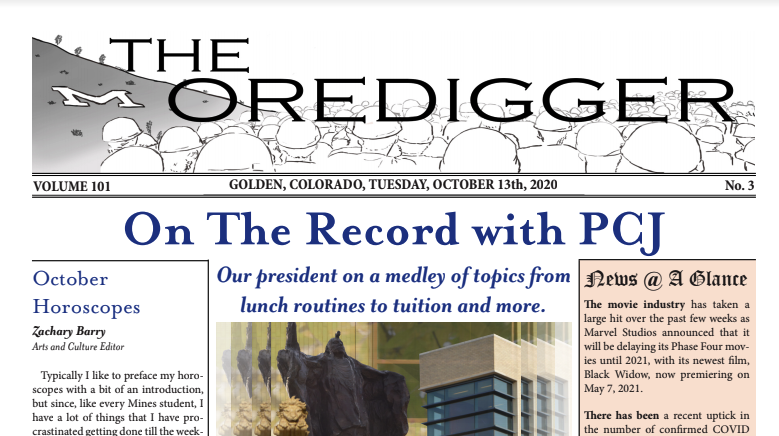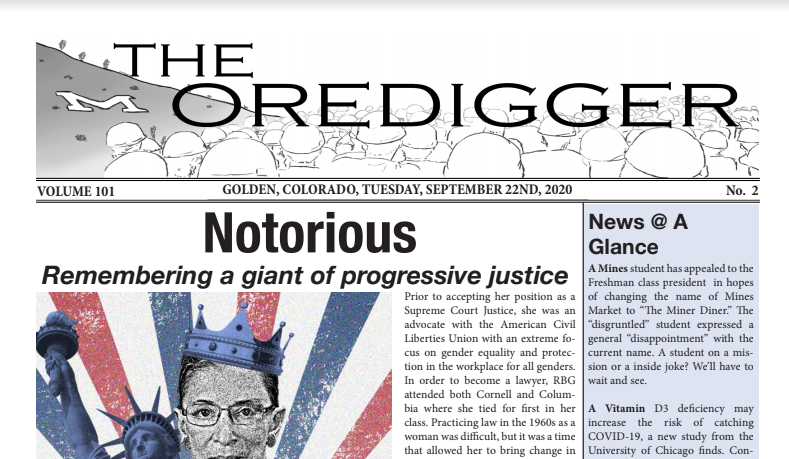March is a month set aside to hear the stories of powerful women who have changed history, but are kept out of the textbooks. One such woman was Austrian physicist Lise Meitner. Meitner was one of the great minds who, during World War I, worked with radioactive materials and X-rays to discover more about the world around her than previously known.
In 1906, she was the second woman at the University of Vienna to get her doctorate degree. She became an assistant to Nobel Prize-winning physicist, Max Planck. It was during this time in the 1910s that she began work with chemist Otto Hahn. The pair studied isotopes, eventually finding a breakthrough discovery of the protactinium isotope in 1917. That same year she received the Leibniz Medal for her astonishing accomplishment. During this time, Meitner was also a volunteer for the Austrian army. She used her knowledge of X-ray equipment to become an X-ray nurse during the war.
Once the war was over, nothing stopped Meitner from doing more for the world of physics. In the next decade alone Meitner continued research, finding the cause of the Auger Effect, a phenomenon in the valence shells of electrons. She also became the first woman in Germany to become a physics professor. She taught at the University of Berlin while doing research into nuclear fission, until fleeing the country in 1938 when it was no longer safe to stay in Hitler’s Germany considering her Jewish background.
Leaving with no personal possessions but her massive intelligence, Meitner landed in Stockholm and began research again almost immediately. Her work continued in Sweden throughout the remainder of the 1930s and into the 1940s, all the while advising Hahn in their joint research projects.
It was in 1938, the same year her life was uprooted, that Meitner made her more well-known contribution to the scientific world. Along with her nephew and fellow physicist Otto Frisch, Meitner articulated the process of nuclear fission. The paper Nature was published by the pair after they mathematically reasoned just how a heavy nucleus would be able to split when impacted by a neutron. The discovery was still theoretical at the time, but the science was incredible and led to advancements in making the atomic bomb. Hahn, however, who had worked closely with Meitner on fission research, published a different paper and won a Nobel Prize for the achievement. He did not cite the work that Meitner had done or acknowledge the role she played in his winning the award.
Meitner pushed forward and continued her work nonetheless. She aided in the construction of the first nuclear reactor in Sweden, and lectured around the United States. Although she was never acknowledged for the role she played in discovering nuclear fission, she did win the Max Planck Medal, and an Enrico Fermi award for her life’s work. Her most visible achievement, however, can be seen in textbooks, in science classrooms, and all over the Colorado School of Mines. Element 109 on the periodic table, called meitnerium, was named for this incredible woman of science who dedicated her life to studying physics. Lise Meitner is one name of many that should be recognized this March as we celebrate the heroic women who built this world and changed it for the better.




'Women’s History Month: Spotlight on Lise Meitner' has no comments
Be the first to comment this post!